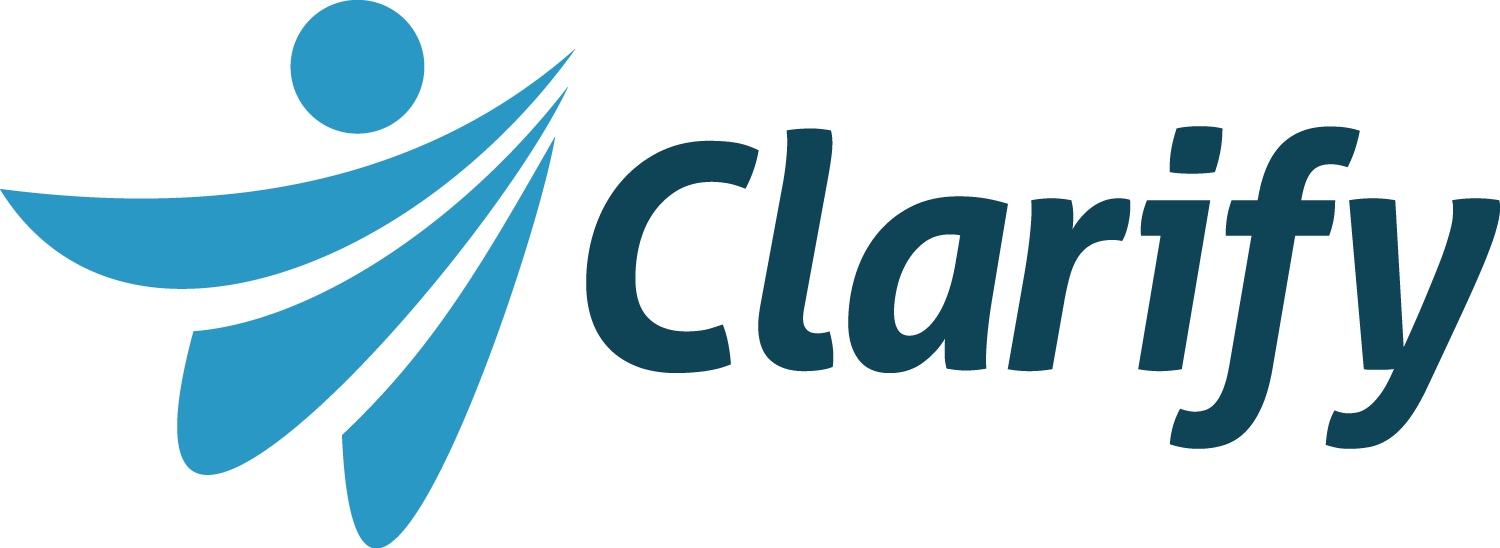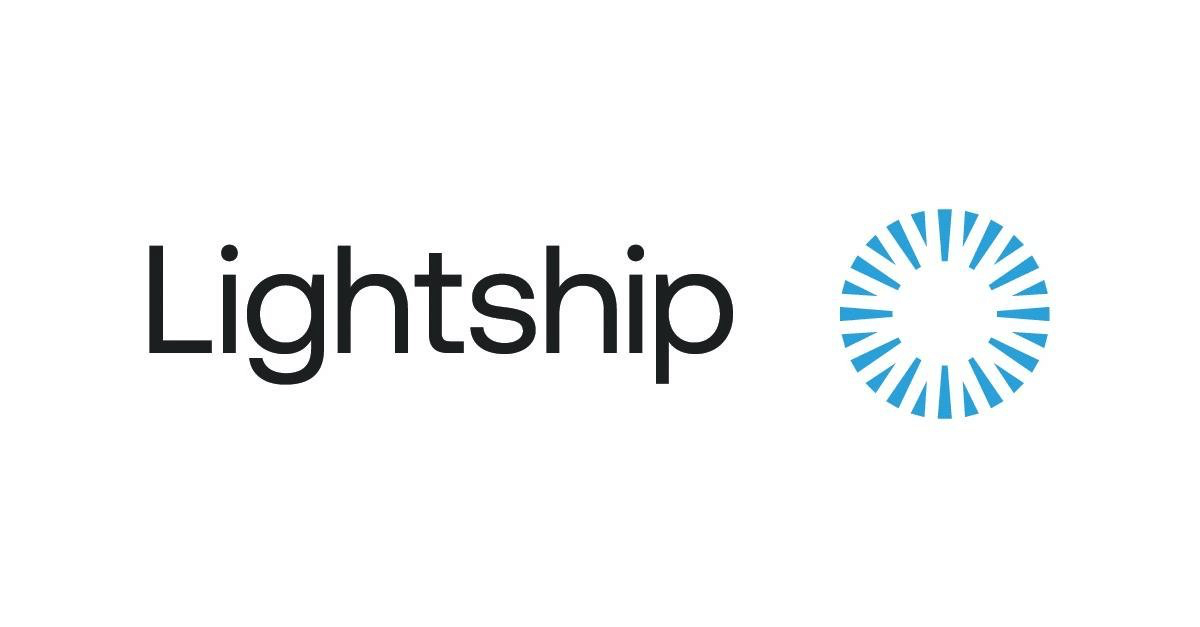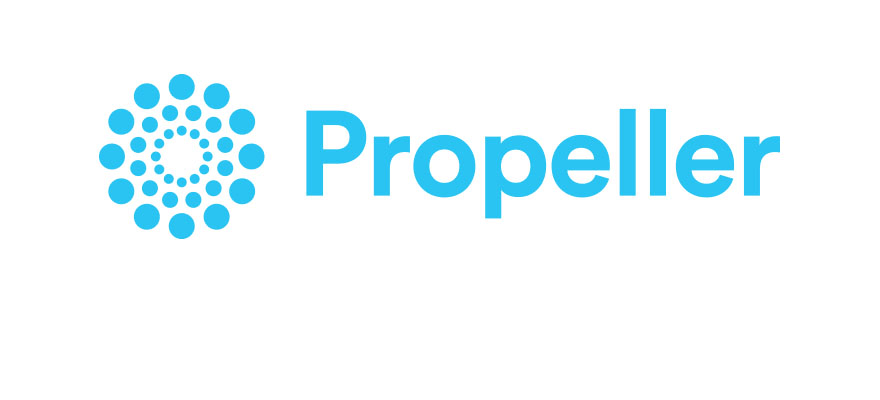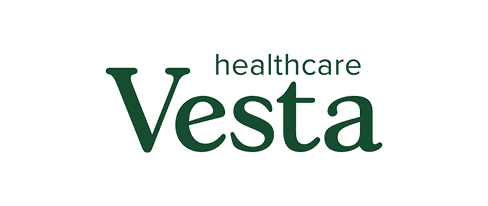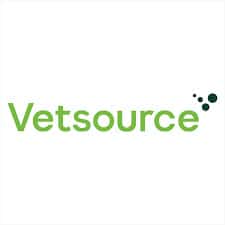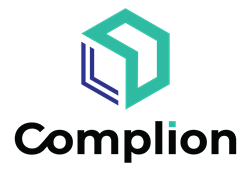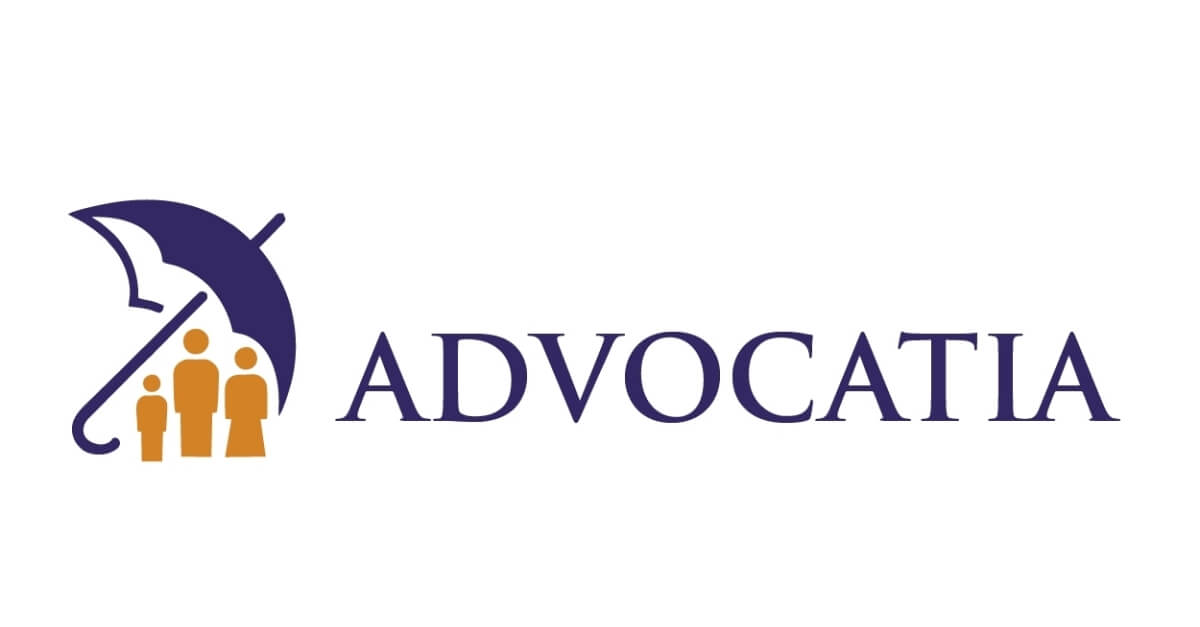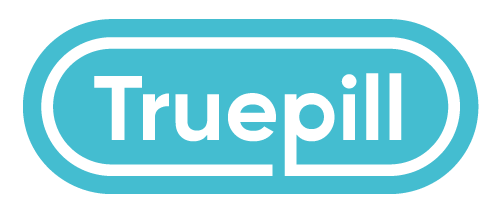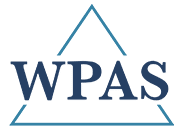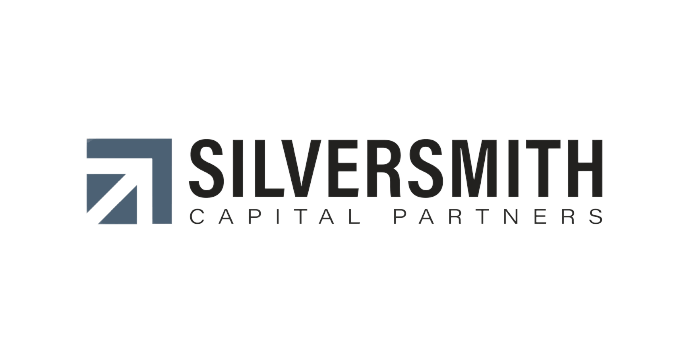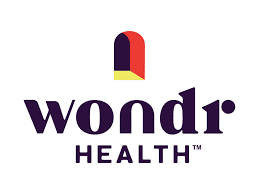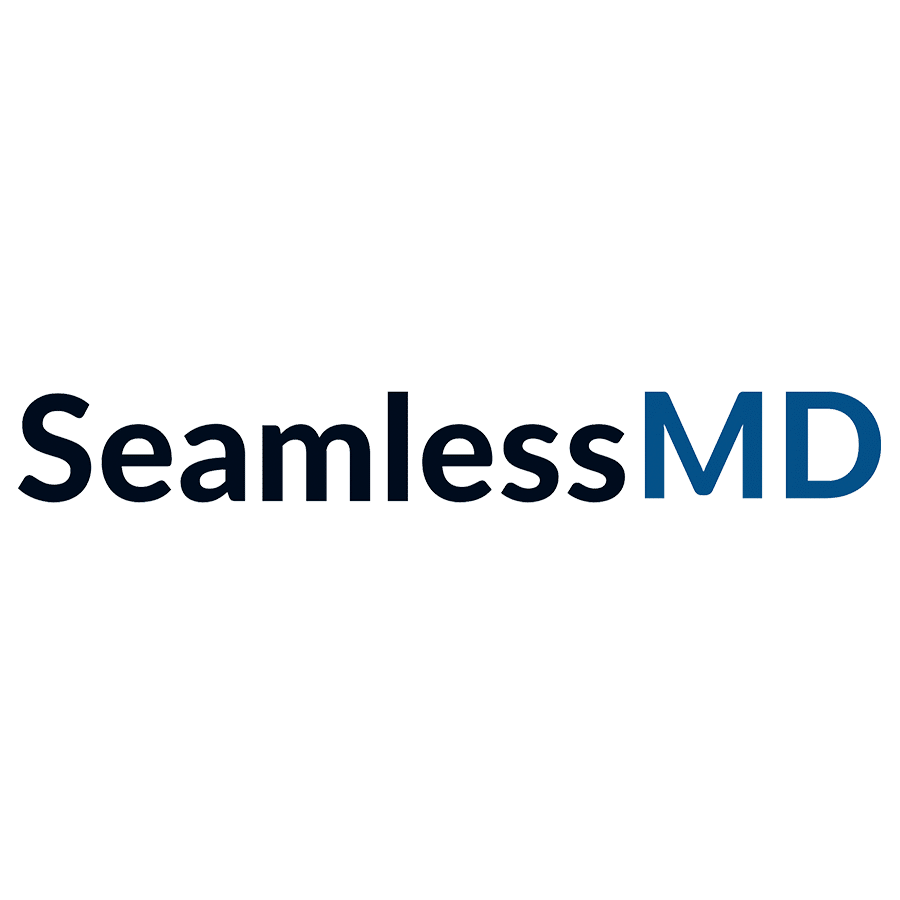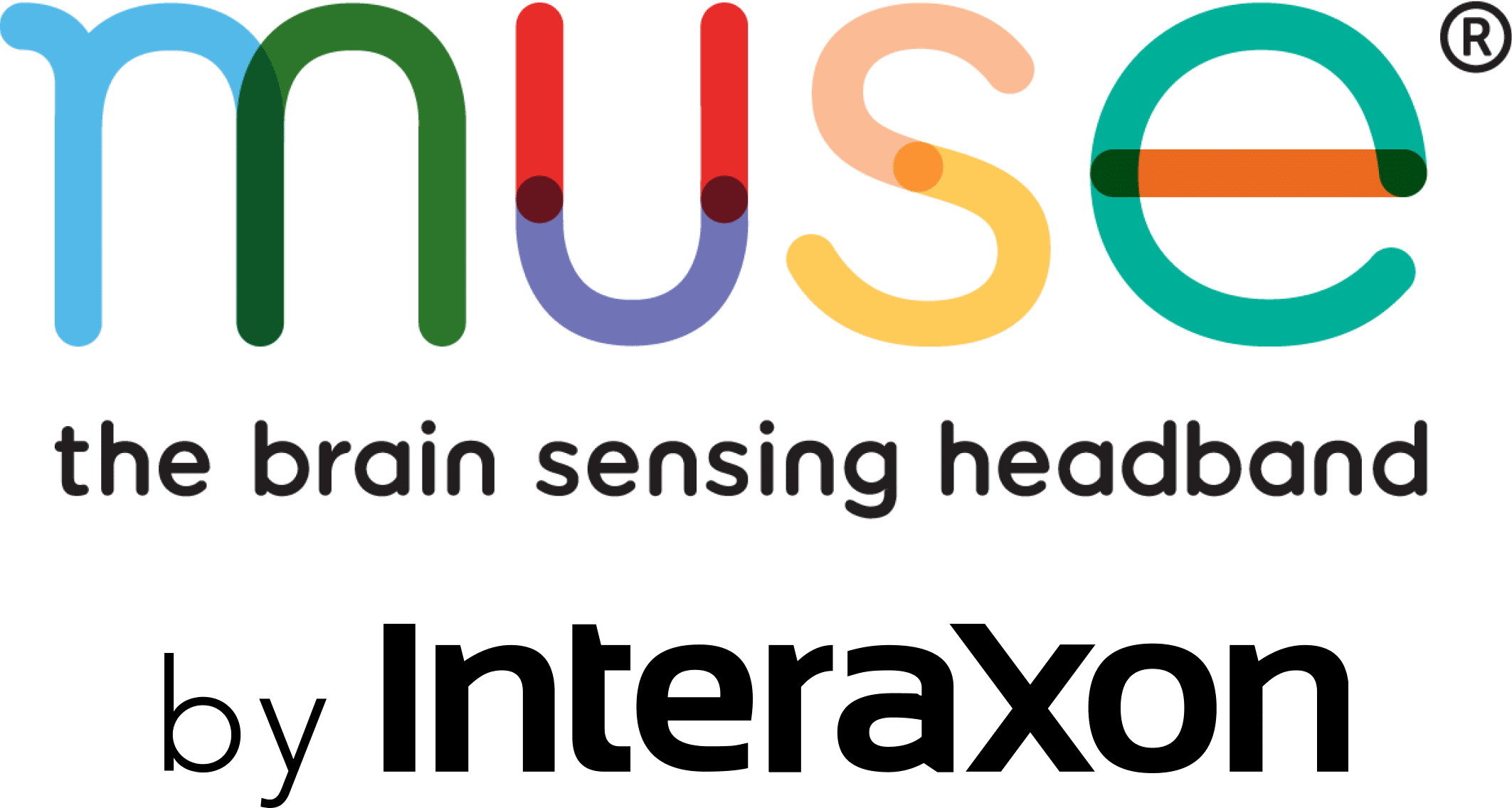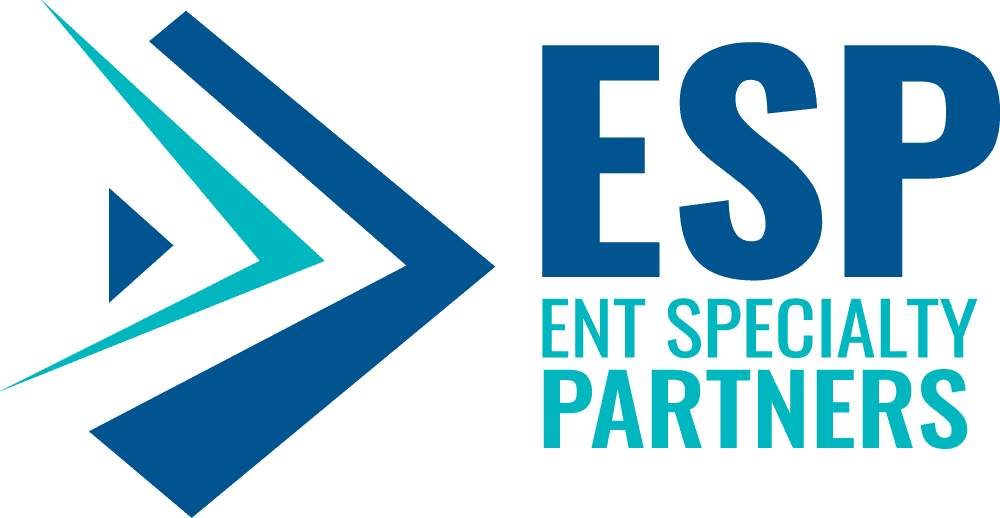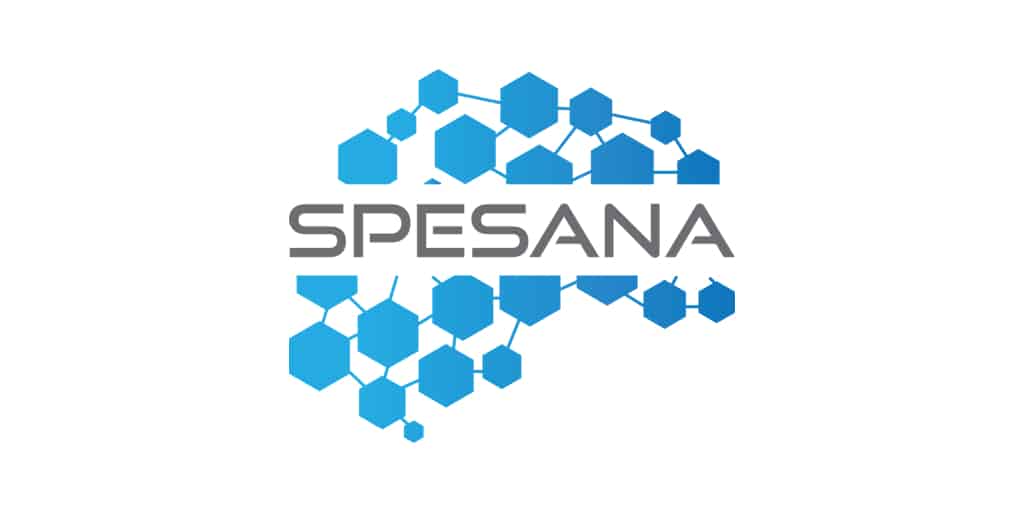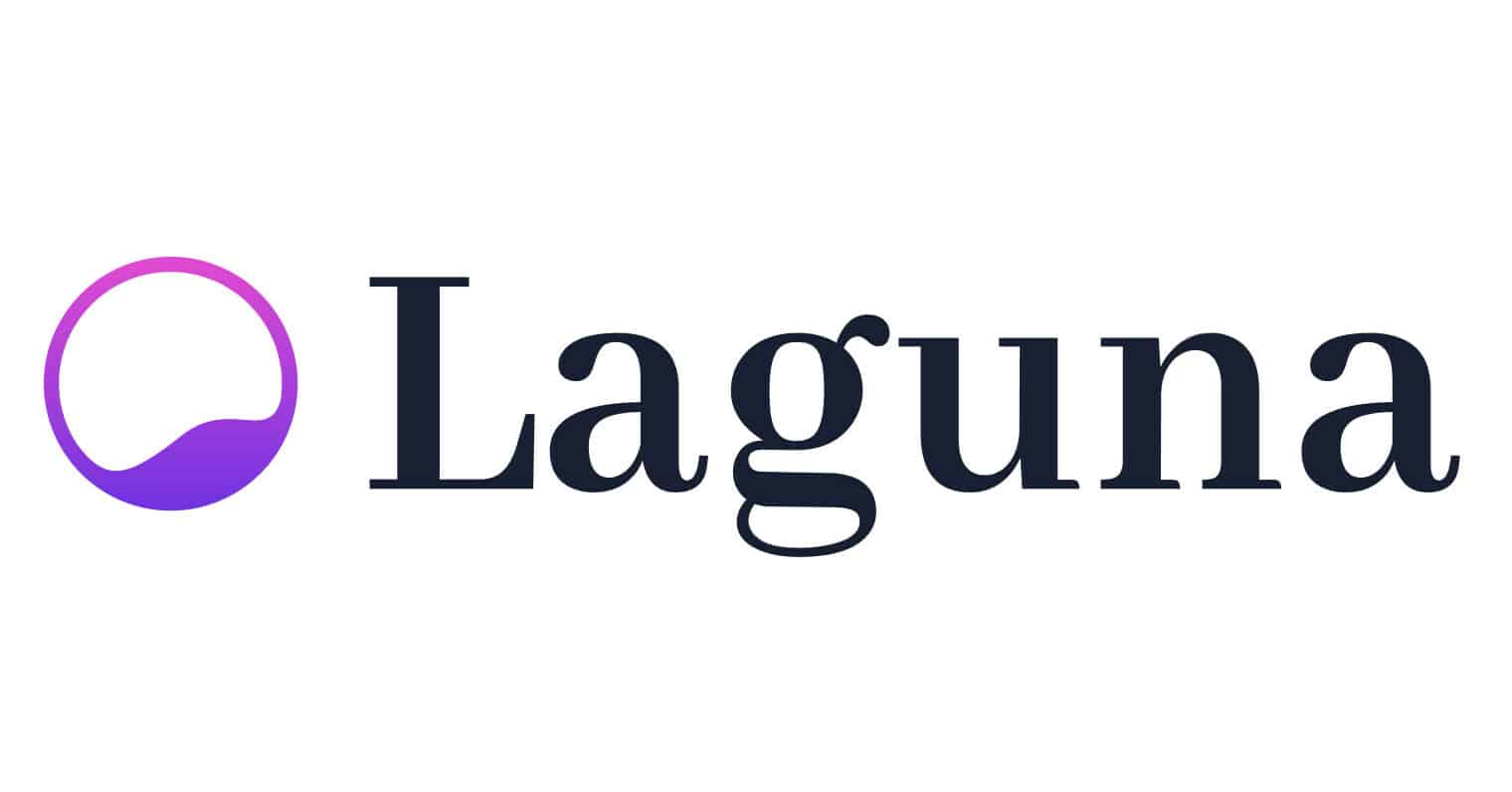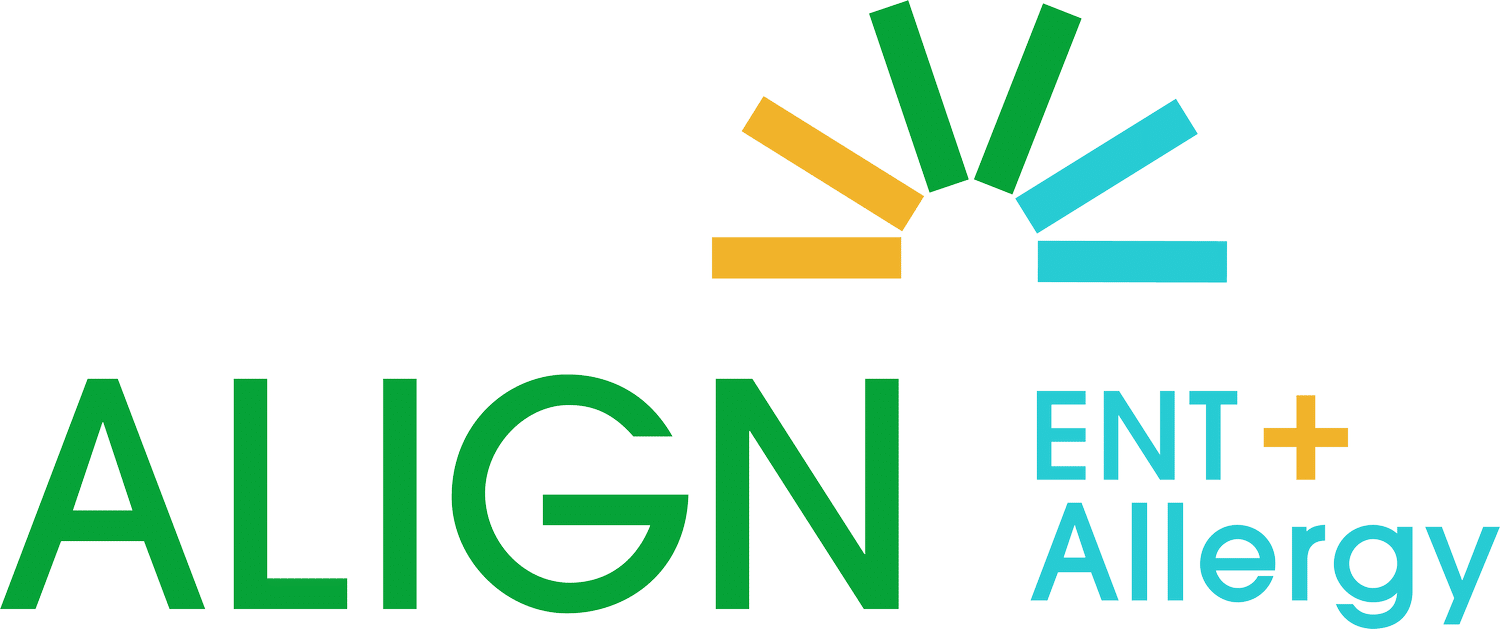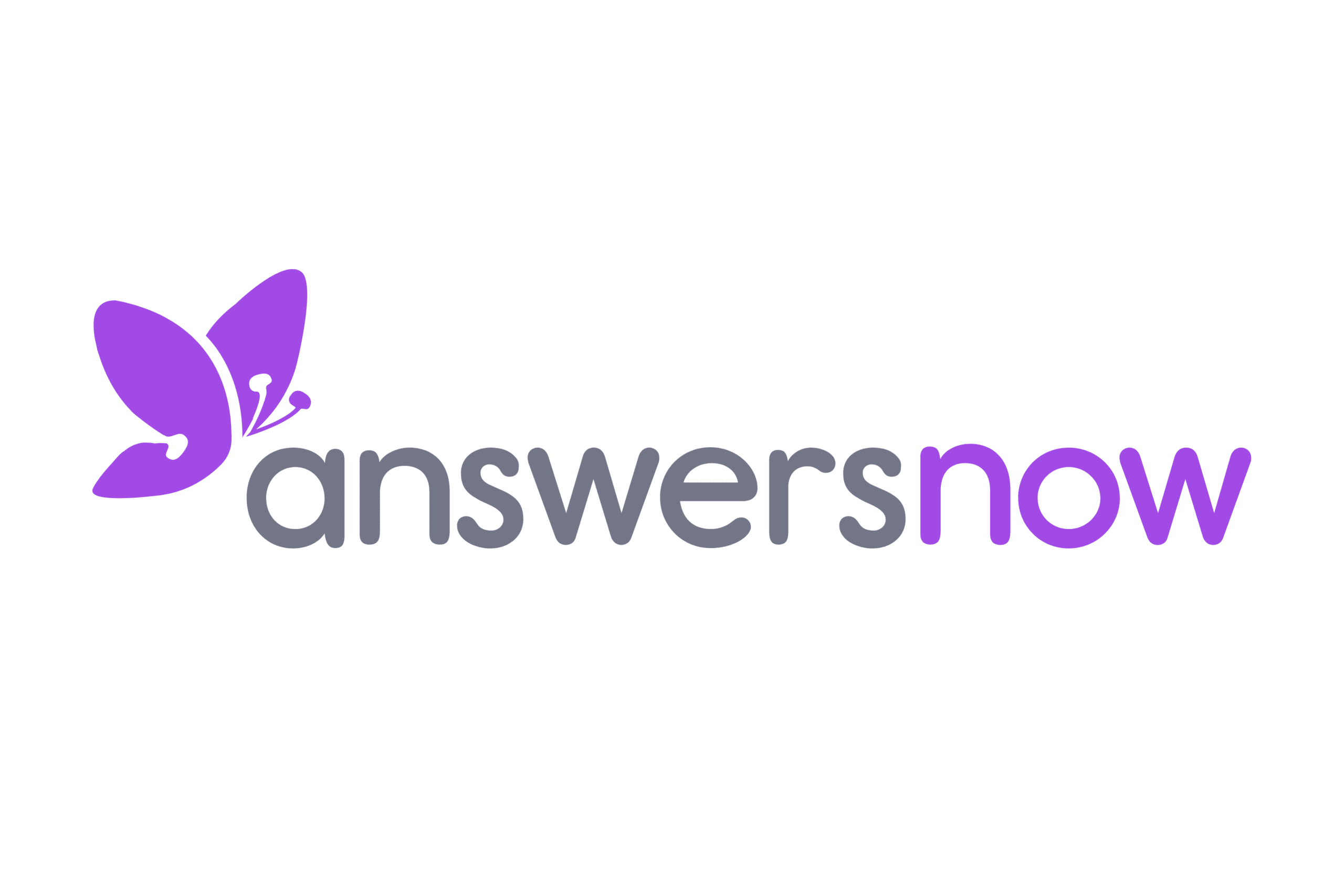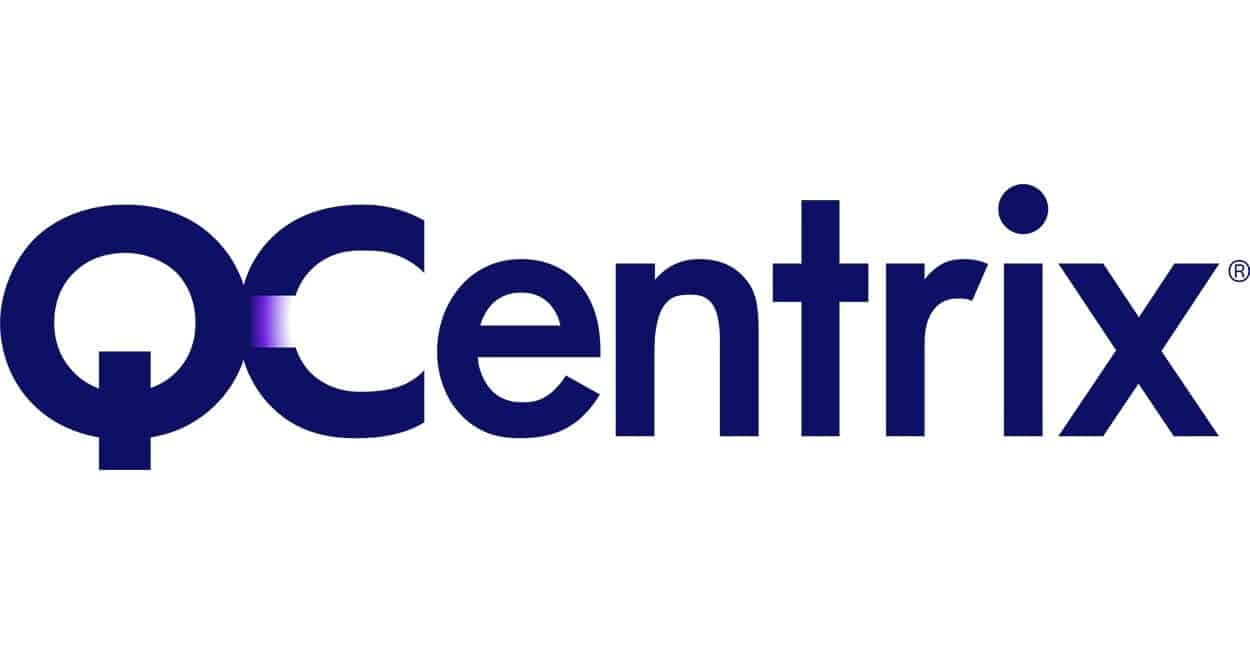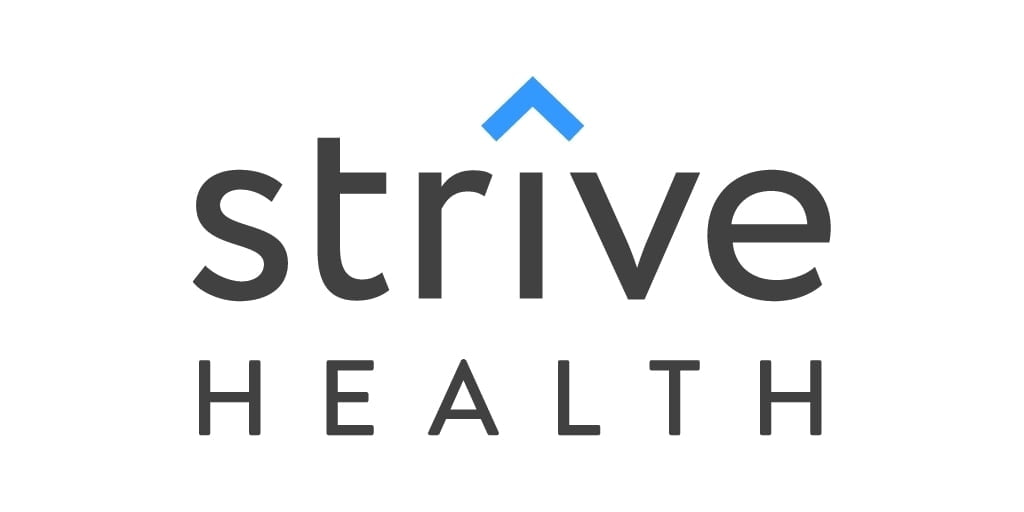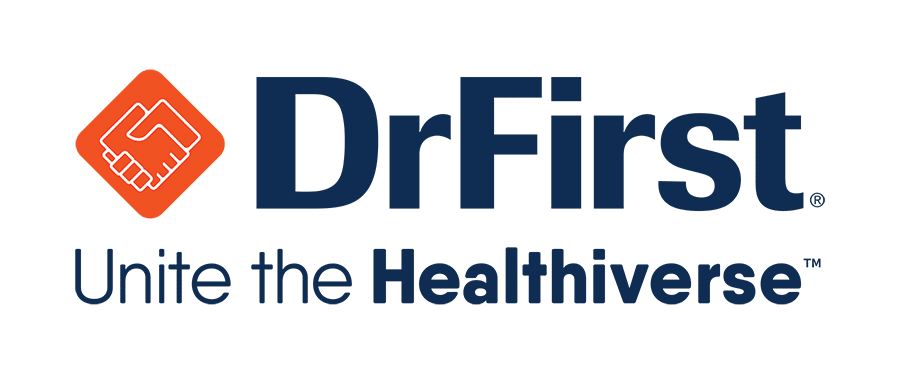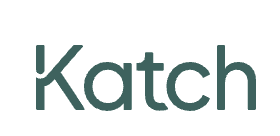Understanding the One Big Beautiful Bill Act (OBBBA) with Brian Fortune, Founder, Farragut Square Group
At Chasm, we spend hundreds of hours each week evaluating potential candidates for our Executive and Non-Executive searches. Like most of us when learning about a person we do not know, our clients tend to head to LinkedIn first when being introduced to a candidate, prior to even looking at their resume. Many executives underestimate the importance of LinkedIn and the consequences if their profile is not optimized.
Even if you aren’t actively looking for a job, your LinkedIn profile is a representation of your personal brand that offers recruiters, potential employers and peers a look into who you are as a professional, leader and employee. Profiles that aren’t well maintained, are unprofessional or lack key details can disqualify you from an opportunity in an instant, which is why it’s critical to update your profile at least once every three to six months.
To help you help us help you, we polled our team of recruiters to learn why potential candidates may be "DOA" (disqualified on arrival) based on their LinkedIn profile. Here are their top eight reasons:
1. Unprofessional, Outdated or Missing Headshot or Cover Image
We cannot stress this enough: Your profile picture and cover image are the first visual impressions you make on visitors. A blurry, outdated, or unprofessional-looking photo can reflect poorly on your personal brand. Invest in a high-quality headshot that portrays you in a professional and approachable manner. Here are some general best practices to adhere to when updating your headshot:
- Be the only person in the picture.
- Position yourself three feet away from the camera.
- Choose a picture that looks like you (meaning take it easy on the editing and within the past 5 years) and one that resembles what you will look like on an initial video interview — no surprises!
Your cover image can complement your personal brand, showcase your expertise, or highlight your industry's essence. At Chasm, we encourage our employees to utilize their personal LinkedIn as an extension of our brand by providing them with black and white headshots and branded cover images, as seen below in Matt Dumas’ profile:
This not only provides a level of consistency and professionalism, but also takes the pressure off of our employees who may not be sure what images to use.
2. "Job Hopping" or Large Career Gaps
Although job hopping seems to be slowing down this year, it is something we see regularly on a potential candidate’s profile. Profiles with two or more positions in a short period of time or multiple large career gaps leave recruiters and employers with unanswered questions. While there are likely strong reasons for the jumps between jobs or career gaps — such as toxic work cultures, time at home raising children, taking a risk on a startup that ultimately failed, or being laid off — these discrepancies can also communicate lack of discipline or commitment. Be sure to offer context when applicable for each position as to eliminate any lingering questions that a viewer may have.
3. Minimal Context for Experience
When listing your work experiences, avoid merely stating job titles and responsibilities without providing context. Use bullet points or short paragraphs to highlight your key accomplishments and contributions in each role, and share quantifiable achievements using action verbs to showcase your skills effectively. Providing this context will give visitors a better understanding of your capabilities and accomplishments.
4. Inconsistencies or Errors
Inconsistencies or errors in your LinkedIn profile can be detrimental to your professional image. These can include misspellings, inconsistent job titles or dates, or contradictory information between your profile and resume. Take the time to review and proofread your profile carefully to eliminate any errors. A well-polished and accurate profile demonstrates attention to detail and professionalism.
5. Minimal or Controversial Activity
LinkedIn is not just an online resume but also a professional networking platform. Having minimal activity on your profile can convey disinterest or lack of engagement. Many of our clients use Sales Navigator and other tools to leverage LinkedIn’s database for candidates, and low engagement tends to be a cause for concern — especially for sales professionals.
Engage with the LinkedIn community by sharing relevant articles, commenting on posts and participating in industry discussions. However, remember to keep your interactions professional and avoid controversial or sensitive topics that might harm your reputation.
6. Less than 500 Connections
LinkedIn is all about networking, so having too few connections can signal a lack of professional engagement. In fact, some of our clients look at a candidate’s connections solely to identify the number of connections they have in common. This number helps to gauge how “connected” a candidate is in the industry!
Aim to connect with colleagues, clients, mentors and others in your space to expand your network. Personalize connection requests to increase the likelihood of acceptance. However, avoid connecting with individuals indiscriminately or without any context, as it might raise suspicions about the authenticity of your profile.
Take notes: We have found that sales leaders with few connections in the industry tend to be a red flag to potential clients. Take this as a friendly reminder to continually develop and maintain your LinkedIn network!
7. Too Much, Too Little or Too Personal Information in Your Summary
The LinkedIn summary is an opportunity to provide a brief overview of your professional journey, expertise and aspirations. Strike a balance between sharing enough information to pique interest while avoiding oversharing personal details. Focus on your professional accomplishments, skills and passions that align with your career.
8. Outdated or Missing Information
Outdated information, such as an old job title or obsolete skills, can create confusion for visitors. Additionally, missing information, such as your location or educational background, can also raise eyebrows for recruiters and potential employers. Lastly, ensure your contact information is accurate, making it easy for others to reach out to you.
The Takeaway
Your LinkedIn profile is an indispensable tool for establishing your professional brand and expanding your network. By avoiding inconsistencies, providing relevant context, engaging with the platform and maintaining an updated and professional image, you'll significantly enhance your online presence and increase your chances of career success. Embrace these best practices, and you'll be well on your way to making the most of what LinkedIn has to offer.
Looking to find your next opportunity in healthcare? Reach out to us.









